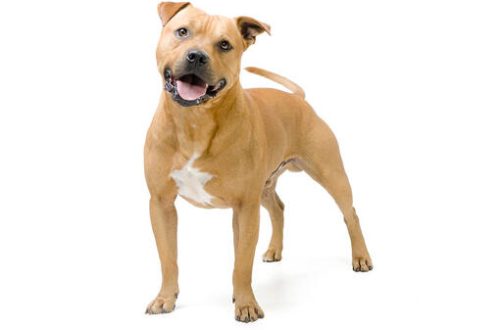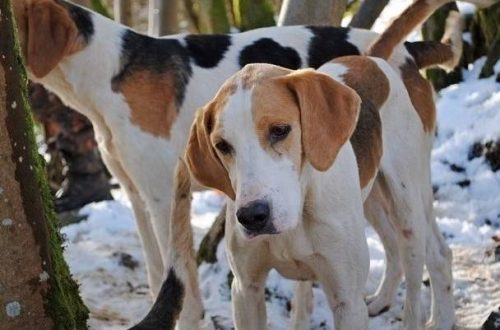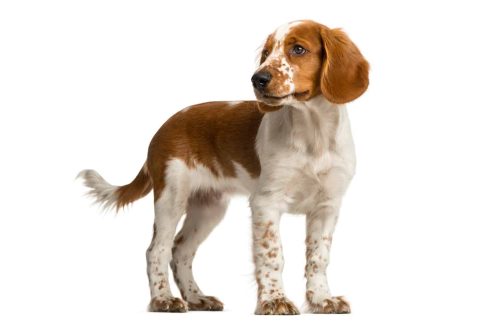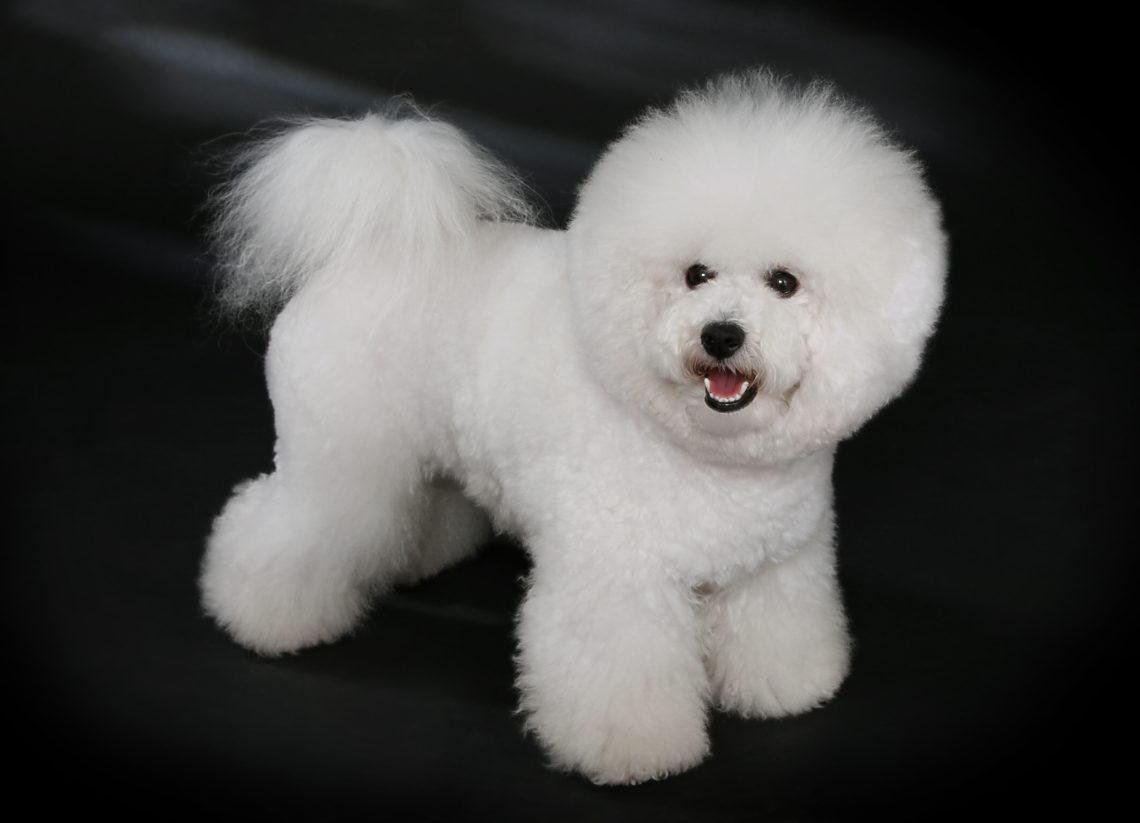
Bichon Frize
Contents
- Characteristics of Bichon Frize
- Photo of bichon frize
- History of the breed
- Description of the Bichon Frize breed
- Bichon Frize personality
- Recommendations for education and training
- Care and maintenance of Bichons Frize
- Bichon Frize Predisposition to Disease
- Tips for Choosing a Bichon Frize Puppy
- Photos of Bichon Frize puppies
- Bichon Frize – Video
Characteristics of Bichon Frize
| Country of origin | France |
| The size | Small |
| Growth | 27–30 cm |
| Weight | 5–7 kg |
| Age | 16–19 years old |
| FCI breed group | Decorative and companion dogs |
Brief information
- Affectionate, obedient;
- Unobtrusive and quite independent;
- Intelligent, but quite playful.
Photo of bichon frize
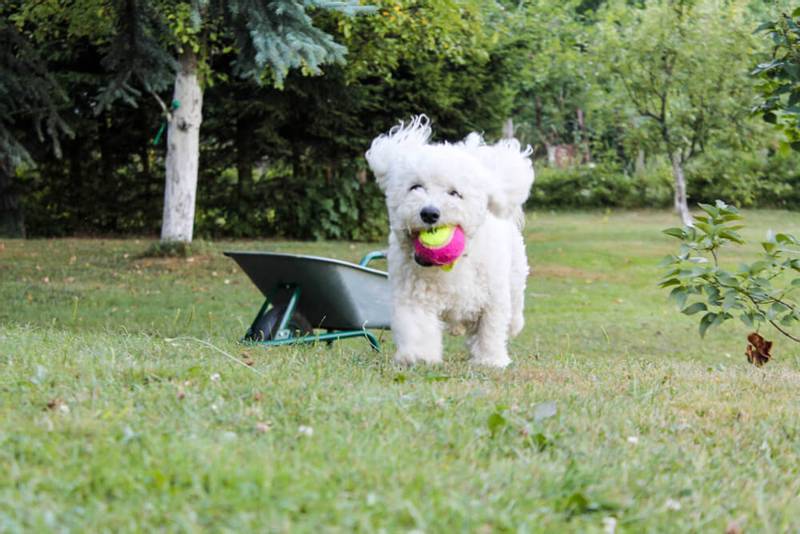

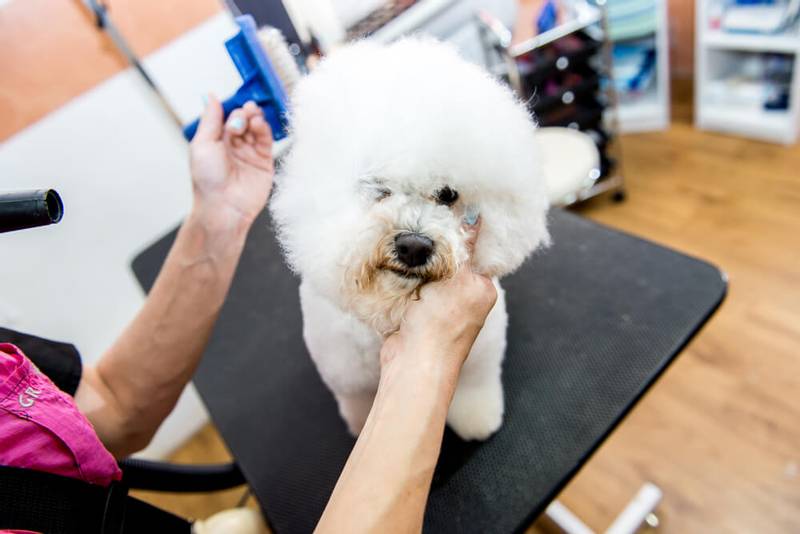
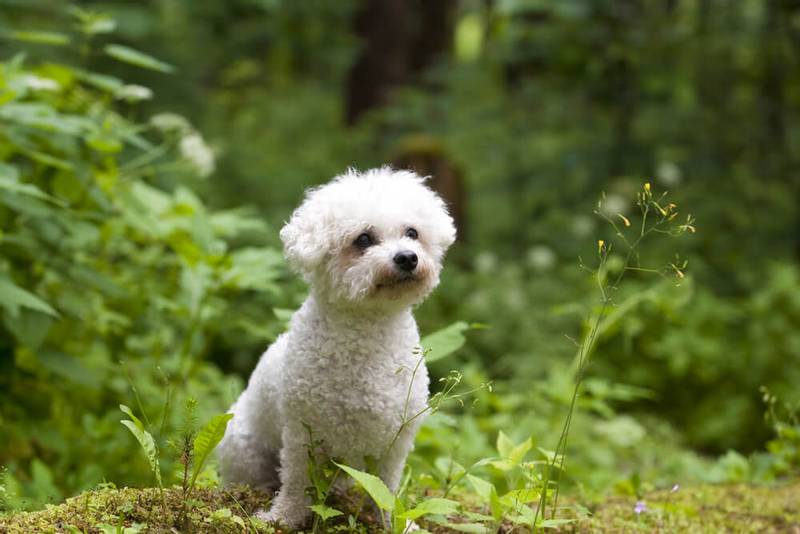
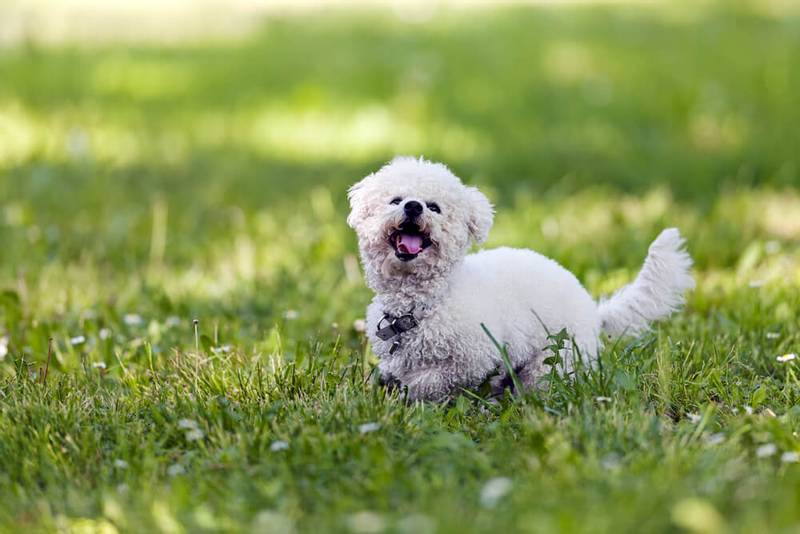
History of the breed
This currently popular small dog breed, the Bichon Frize, was first seen back in the Middle Ages. Among its characteristic qualities is the ability to hunt rodents. And the first to use this ability were, according to one version, the sailors. When they set sail, they took such dogs on the ship to catch rats in the holds with food.
Sailors noticed these hunting properties in dogs while traveling to the Canary Islands. According to one of the most plausible versions, this breed was first discovered on the island of Tenerife.
In Europe, the French lap dog, or Bichon Frize, began to take root around the 15th century, when these pretty dogs were noticed by the nobility. In almost every court of nobles it was fashionable to keep a French lapdog.
But it was only in the last century that the Bichon was seriously noticed. And already in 1933, on March 5, the French Societe Society officially established and registered the Bichon Frize breed standard. But the breed was admitted to dog shows only in 1973. At the time of recognition of the breed in 1933, it had two names – Bichon and Tenerife. But by the end of the year, the official version of the name of the French lapdog was established – Bichon Frize, which means “curly lapdog”.
Description of the Bichon Frize breed
Bichon Frize (fr. Bichon a poil frise) is distinguished by its miniature forms, which attracts not only the attention of children, but also many adults. It is noteworthy that both a French lapdog puppy and an adult bichon do not have a specific smell. This physiological feature is manifested by hypoallergenicity, and therefore dogs of this breed are often used as part of canistherapy, even for people with allergic disorders. Life expectancy in the description of the Bichon dog breed standard is about 12-15 years, depending on the conditions of keeping and feeding.
The body structure of the representatives of the Bichon breed is proportional and absolutely small.
Head
The shape of the head of the Bichons is rounded, slightly flattened in the region of the upper part of the skull. The cheekbones are completely flat. It is this combination that gives charm to the appearance of the dog. Nose – with a black round lobe.
The Bichon Frize dog breed has a wide base of the front of the head, as it moves towards the nose, the muzzle gradually narrows. For this reason, the transition between the frontal part of the skull and the nose with the upper jaw is very weakly expressed. This gives the impression of complete and almost perfect roundness, which is complemented by the appearance of thick and lush hair on the body of the French lapdog. According to the established standard, the proportion of the length of the muzzle of the Bichon Frize to the total length of the skull is 2:3.
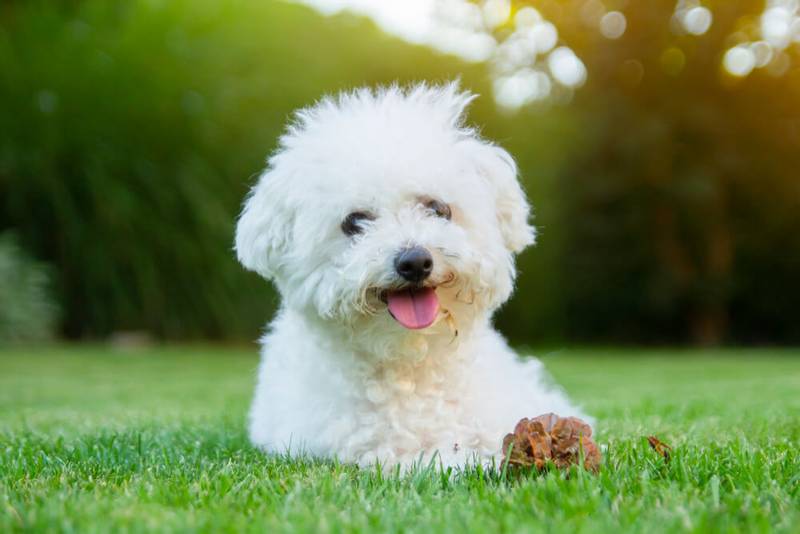
Neck
The neck of the Bichon Frize breed, despite the compactness of the dog itself, is slightly elongated. It accounts for about a third of the entire length of the animal. At the base of the skull of the French lapdog, the neck is thinner. It gradually thickens towards the withers.
Frame
The body of the Bichon Frize is small in size, characteristic of a dwarf breed, and has a rectangular configuration. French lapdogs have a flat back, but the loin is slightly curved down. The back is traditionally firm and strong. The chest of the Bichon Frize is lowered quite deeply, when viewed from the front, the sternum of moderate width is clearly visible.
Front legs
The French lap dog is characterized by fragile-looking forelimbs. In fact, this is dictated by the weak thin skeleton of the front paws. In young and adult dogs of the Bichon Frize breed, they are located directly, and the elbow joints are turned in the opposite direction.
The direction of the shoulders of the Bichon Frize is oblique. The shoulders of this breed practically merge with the body and the shoulder blades do not protrude from under the muscle tissue. The shoulder forms a smooth, neat angle together with the upper part of the paw. The French lap dog is characterized by a straight forearm, which, when viewed from any angle, looks absolutely perpendicular.
Hind legs
The hindquarters of the Bichon Frize also have a straight line from the shoulder blades to the toes. The breed has hard elastic pads and small toes on its hind feet. It can be seen that both at rest and during movement, the fingers seem to be gathered into a fist.
Unlike the forelimbs, the hind legs of the Bichon Frize are stronger and more massive. The shape of the hind legs of French lapdogs is rounded. Both the paws themselves and the femoral area are quite massive and have a smooth transition from one part to another.
The lower leg of the hind limb is approximately equal in length to the size of the thigh. The knee joint has the correct angle, it does not turn either back or forward. This structure allows dogs to maintain a smooth gait with a fairly fast pace of movement.
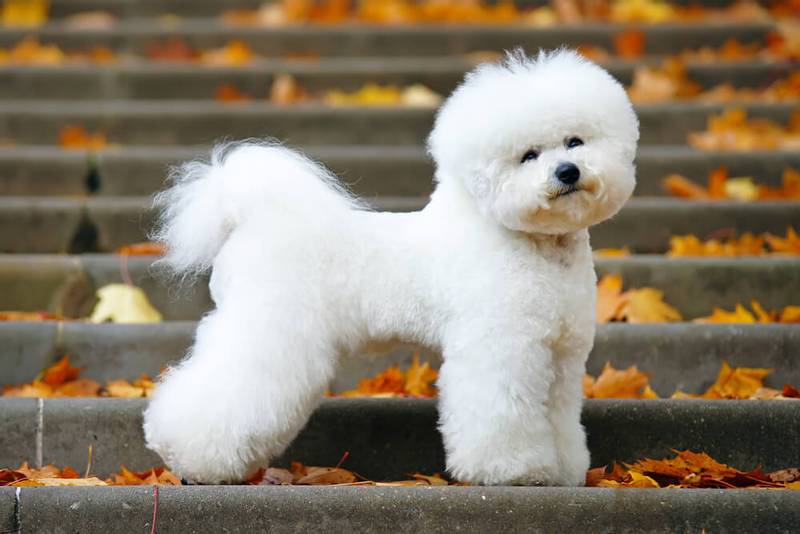
Tail
The tail of the dogs of this breed is quite long when compared with the body of the Bichon. In proportion, its length is approximately half the length of the hull. The location of the tail of the Bichons is slightly below the upper line of the back.
When expressing positive emotions, the French lapdog raises the tail up and holds it in a strictly horizontal position. In this case, the suspension may touch the lower part of the dorsal line. The tail itself does not touch the back and continues to be a horizontal extension of the body.
The tail covering of adults of this breed is a thick, lush coat with an equally thick and dense undercoat.
Wool
The peculiarity of the French bichon wool is fully consistent with its name. It is curly and very dense, which is why these dogs are often associated with plush toys.
At the same time, the outer hair of the Bichon Frize forms spiral round curls. The stiffness of the hair is medium. The undercoat is quite soft. Together with the outer hair, it forms a dense cushion through which even moisture cannot fully penetrate the skin. All this together gives the dog the shape of a fluffy ball, so it is customary to cut the animals of this breed.
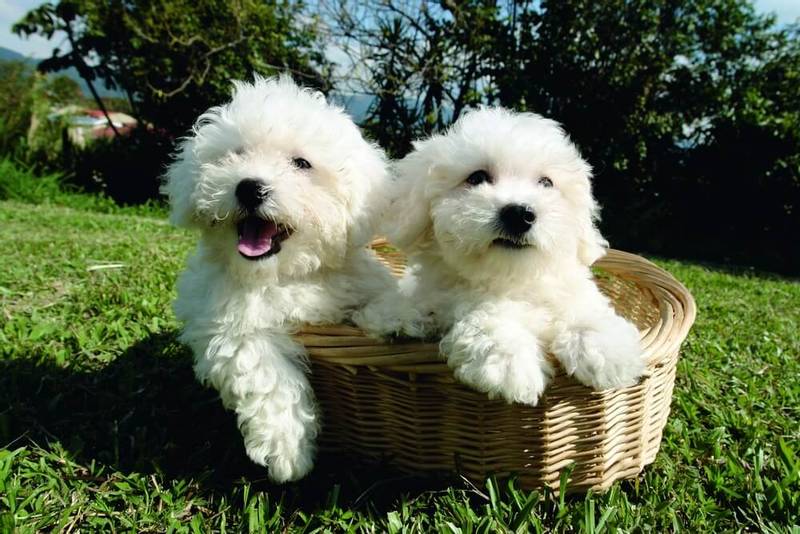
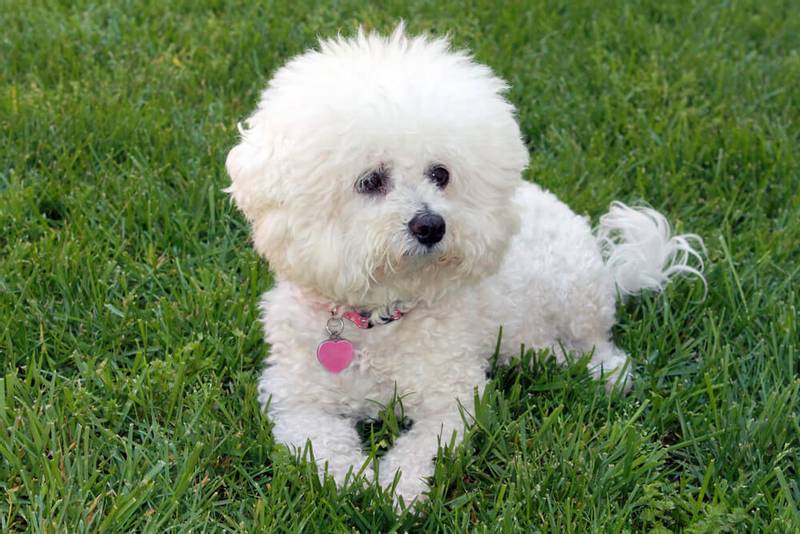
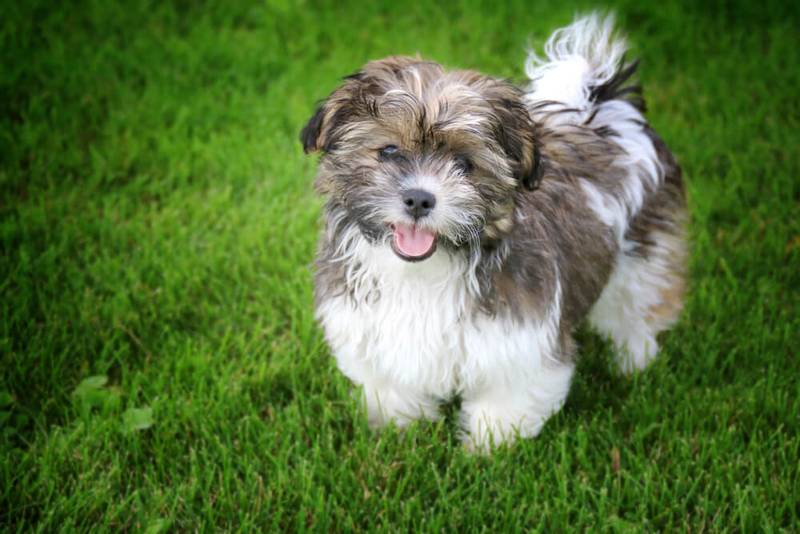
These miniature dogs are typically white, but can also be brown.
The size
The French lap dog is distinguished by its miniature and compactness, which visually slightly increase due to the lush and curly coat. According to the breed standard, the Bichon Frize should weigh an average of 5 kg. With dwarf growth, weight can range from 3 kg in females to 6 kg in males.
The height of the French Bichon also does not have a clear framework in the description of the breed standard, and can range from 25 cm to 29 cm at the withers. With balanced proportions and body weight, the standard allows deviations of 1 cm above the maximum level in males (up to 30 cm). In bitches, the deviation is allowed to the smaller side – 2 cm below the minimum height at the withers, which is 23 cm.
Bichon Frize personality
Bichon Frize are independent and independent. Unlike many decorative dogs, they do not need constant attention, especially if there are several pets in the house. These dogs will always find something to their liking. However, they cannot live without communicating with their beloved owner. Smart, calm and quite playful, these pets always feel the mood in the family.
Bichon Frize are sociable and open to everything new. Combined with the fearlessness and courage that are also inherent in the breed, this can bring a lot of problems. Having met a not too kind and socialized large dog on the street, the Bichon will not be afraid – on the contrary, he will try to establish contact with her, such a character. The same applies to strangers. Dogs of this breed are very trusting, so they can hardly act as guards. However, when acquiring a dog of a decorative breed, you should not hope for it.
In general, the pygmy bichon very easily finds a common language with animals. And this applies to everyone without exception: cats, dogs, rodents and birds – the bichon is ready to be friends with absolutely everyone. As a rule, they also have wonderful relationships with children. However, you should not buy a dog in a family where there is a baby. A pet requires careful care, and potential owners simply cannot always find the time for this.
This breed is characterized by unusual sociability for other dogs, and French lapdogs can easily and naturally feel in a large society of people or animals. Therefore, they perfectly take root in large families, equally well perceiving both adult family members and children.
Their natural friendliness and trustfulness are manifested literally in everything – in games, on walks, and even just in everyday life. Therefore, they are often used in pet therapy treatments.
In general, the description of the nature of the Bichon Frize breed can be summarized as follows – this is an ideal companion dog.
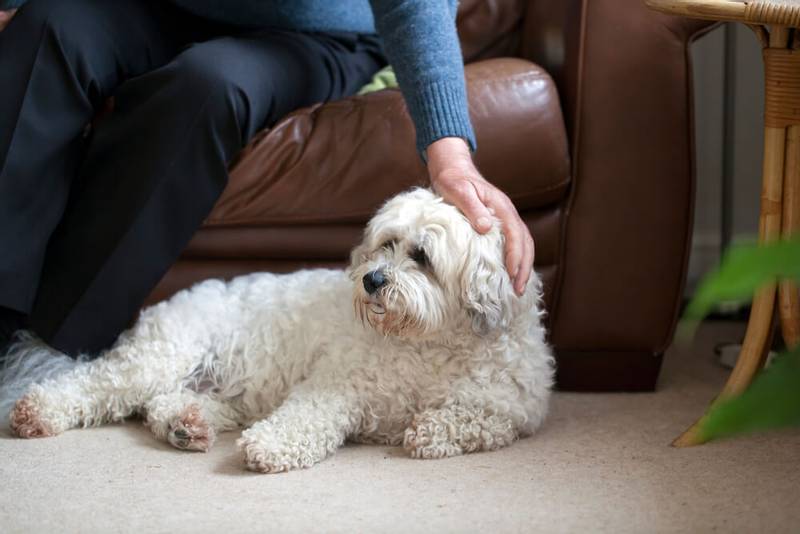

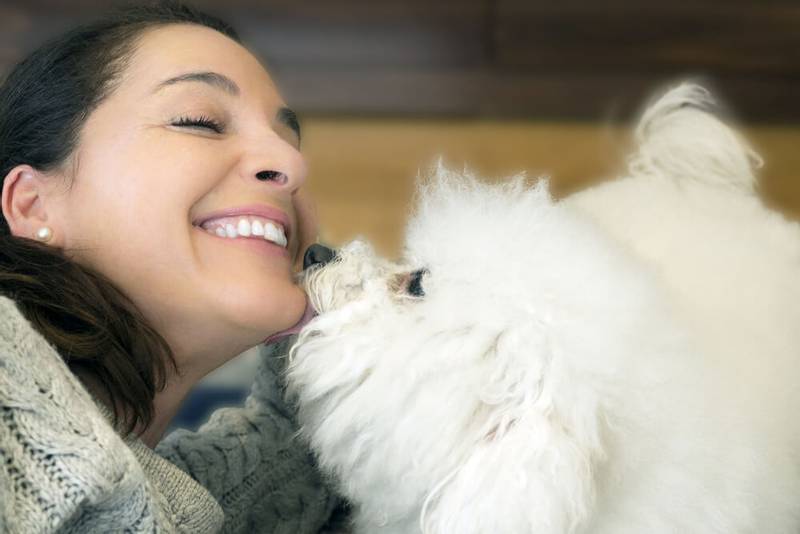
Recommendations for education and training
One of the positive characteristics of this breed is that the Bichon Frize is highly trainable. And at a young age and having already reached the threshold of adulthood, such dogs quickly memorize commands and willingly carry them out. Probably, this was the reason that this breed is available in the arena of almost any circus in the world.
During training, you need to remember that the dog has a playful disposition, and if you try to force him to work on one team for a long time, then interest in this lesson will disappear very soon. Therefore, in the process of training, you need to try to diversify the time and activities. You can alternate team training with a simple game, or let your pet communicate with relatives. But control should not be weakened – unlike boring classes with the study of commands, French lapdogs are ready to sit back and indulge in games and running after each other for hours on end.
Raising a Bichon Frize puppy should be based on his interest. In the case of the use of force and strict shouts, further classes can not even be continued – the dog will not obey. But at the same time, in the course of educational activities, it is always necessary to show who is the boss in the house. Otherwise, a spoiled and uncontrollable pet will settle in this house.
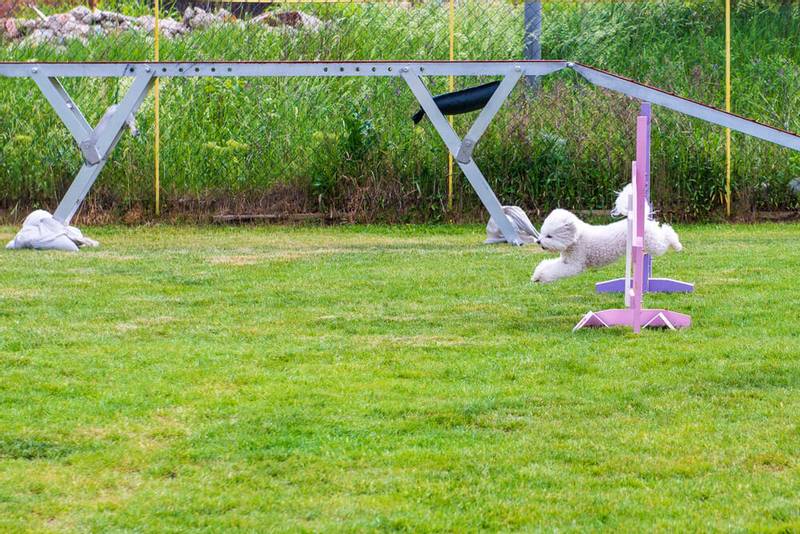
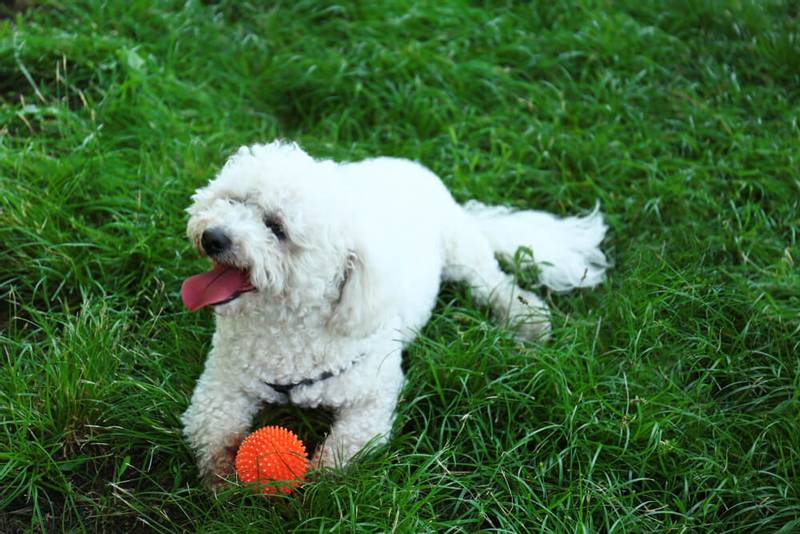
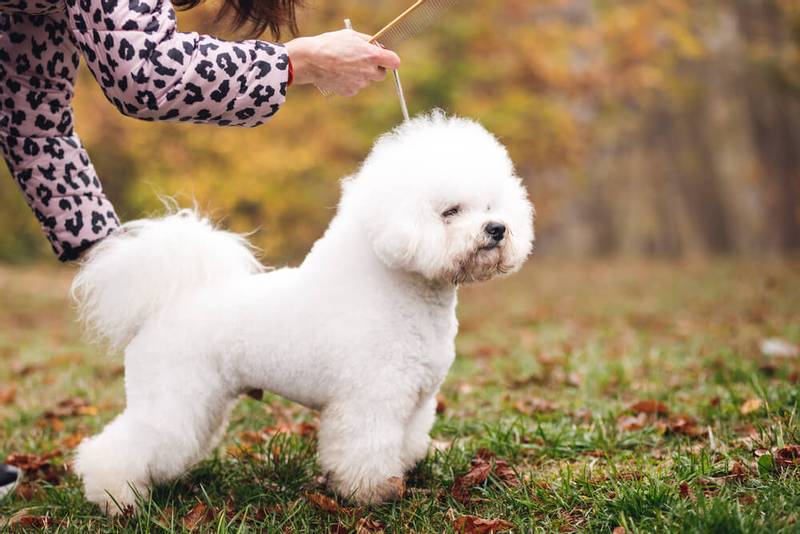
Care and maintenance of Bichons Frize
Bichon Frize are very fond of walking, they are ready to spend two, three or more hours a day on the street. They are not afraid of cold weather, but in autumn and in rainy weather they need overalls to protect them from mud. Otherwise, clothing can damage the Bichon Frize’s snow-white soft coat.
After walks, the dog should be inspected every time and check the eyes for the presence of third-party objects on the eyelids, as well as the ears – to make sure that there is no ear mites or blockages. In general, this is a breed that loves daily care, and the owner is unlikely to have to relax for a long time. Therefore, every time after walking the animal needs to wash its paws, muzzle and genitals. Eyes and ears can be cleaned with a damp cotton swab dipped in clean warm water – this can be done every two to three days, or every day as it gets clogged.
Wool also needs to be checked every time after coming from the street – with its density and curly curls, dust deposits, small fragments of branches or grass can almost always be found there.
To make the Bichon Frize look like a king, care for him must be appropriate. To accustom to cutting curly wool and bathing puppies begin from childhood. If the dog does not participate in exhibitions, it is sheared at least once every two months. Bathe pets weekly, using special cosmetics for dogs, shampoo and conditioner. After water procedures, the wool is thoroughly dried with a hair dryer, combed and “whipped”.
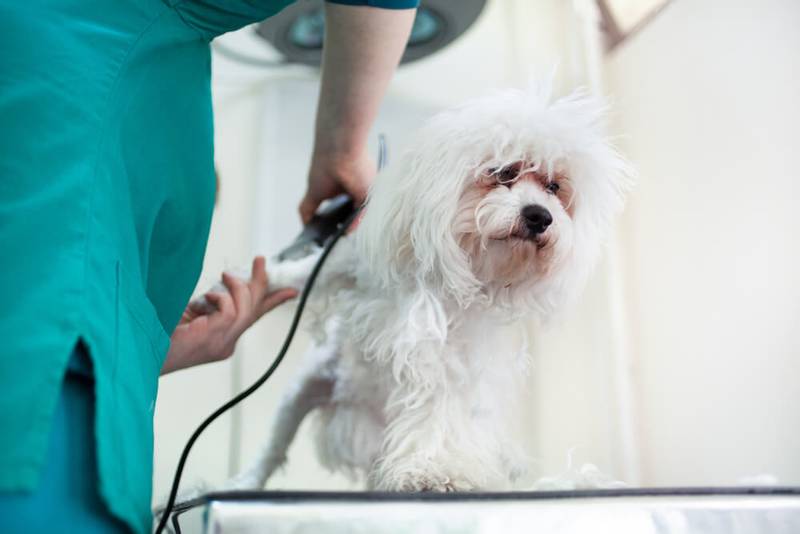
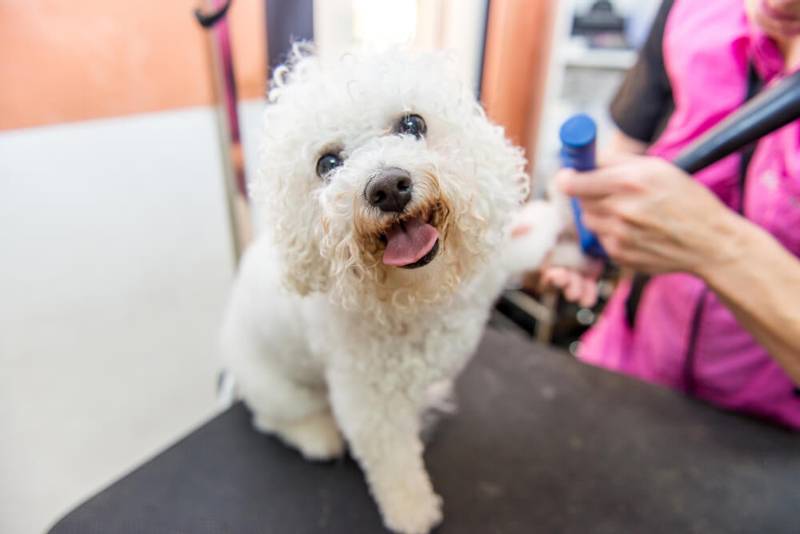
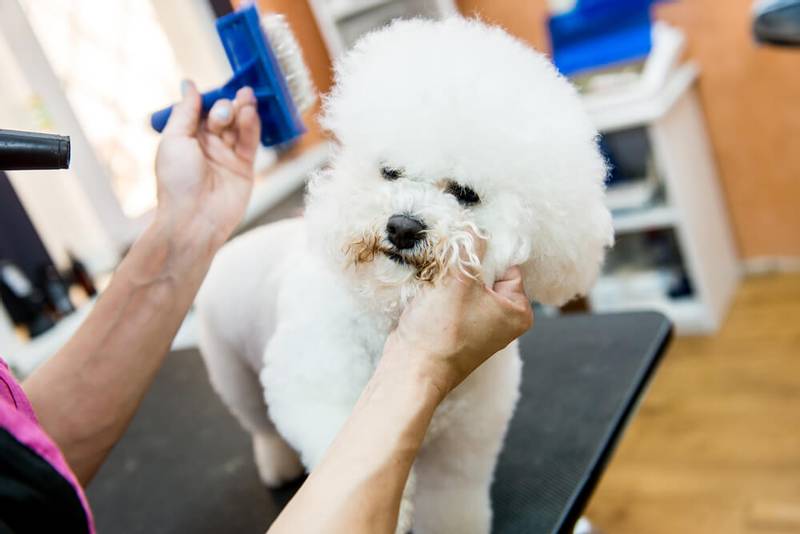
Pet claws also require care. They need to be trimmed twice a month using special nail cutters or nail clippers. After such a procedure, bumps form on the claws, which the animal will try to eliminate on its own by turning them, for example, on furniture items. To eliminate such consequences, after cutting the claws, they need to be slightly sharpened with a special nail file.
Dental and oral care is carried out at least once every 7-10 days. To do this, use a special brush, solution or toothpaste specifically for dogs.
Regarding feeding, there are also certain conditions for the frequency of meals during the day and the preferred diet. If a puppy appeared in the house, then it should immediately be accustomed to the diet:
- Bichon Frize puppies at the age of 2 months are preferably fed up to 5 times a day;
- pets who have reached 2-4 months can already eat 4 times a day;
- dogs who are 4-8 months old are already fed 3 times a day;
- for a pet that has reached 8-15 months, 2-3 meals a day are already enough;
- for adults over 15 months old, a two-time feeding schedule is sufficient.

The animal should be accustomed to the toilet from the very first days of getting to a new owner. For this purpose, young individuals are required to walk at intervals of at least two hours. So they develop an instinct that you need to go to the toilet during walks. Adult dogs are best taken outside for walks about 10-25 minutes after eating. In exceptional cases, when it is not possible to walk so often, you can accustom your pet to a tray with sand or a special filler. However, this can also lead to addiction, and then no toilet may take place during walks.
Bichon Frize Predisposition to Disease
Bichon Frize puppies suffer the most from diseases, which is quite natural against the background of unstable young immunity. Although there is no genetic predisposition in this breed for any diseases, young dogs may have pathologies such as:
- deforming anomalies of the lacrimal ducts – pronounced tearing or absence of tears at all;
- allergic manifestations, most often – after treatments against helminths or vaccinations.
In addition, adults and young bichons can suffer from such diseases:
- dermatitis;
- allergy;
- diabetes;
- epilepsy;
- hypotrichosis;
- cataract;
- axial instability;
- entropion;
- urolithiasis disease;
- corneal dystrophy.
Most of these diseases are cured in veterinary clinics by medication. In some cases, surgical intervention is prescribed. At the same time, young dogs of this breed may have a number of infectious diseases that are characteristic of other breeds. These include viral hepatitis, plague, viral enteritis, parvovirus enteritis and some others. To prevent them, it is recommended to carry out preventive vaccinations from the age of two months.
Otherwise, all representatives of this breed demonstrate strong immunity. Therefore, choosing a dog, you can safely stop at the Bichon Frize.
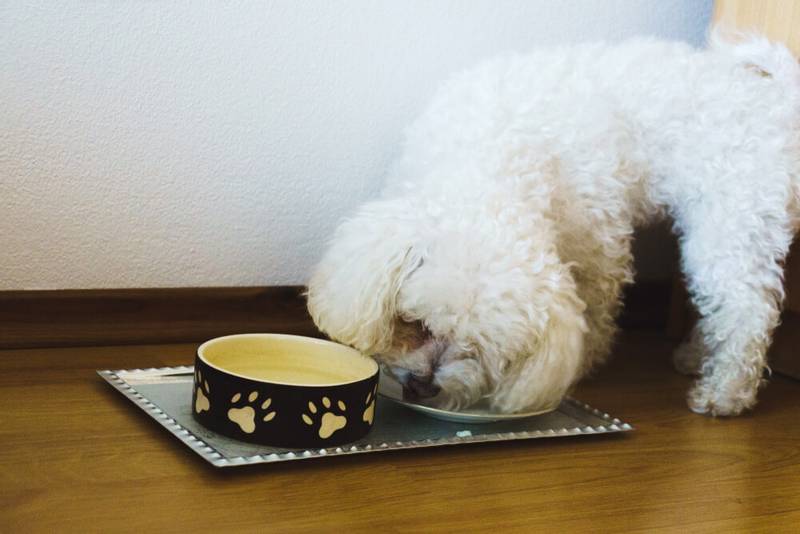
Tips for Choosing a Bichon Frize Puppy
It is better to buy a Bichon at the age of 12-16 weeks, when the animal has already adapted to the external environment and has successfully switched from mother’s milk to a general feeding ration.
When choosing a Bichon, you may encounter certain difficulties – there are almost no pronounced signs of the breed at an early age. More precisely, they are very difficult to determine, as the anatomical and physiological development of the body continues. Within a few more weeks, the proportion of the body and head of the Bichon Frize, their size, will change. Also, the coat has not yet fully formed in the form in which it is present in adults – curly and dense.
Therefore, the first rule when choosing is to contact only certified breeders, with already established authority and experience. The female and male from which the offspring is obtained must have the following documents:
- veterinary passport, where the facts of vaccinations and dewormings are indicated and confirmed by seal;
- certificate of origin – a document confirming the pedigree of the parents, indicating ancestors up to 2-4 generations and containing information about the breeder;
- the act of mating breeding dogs.
A document with the necessary characteristics is also issued for puppies. Before the age of 6 months, he must have a veterinary passport and a metric indicating the Bichon breed. After the Bichon is six months old, the owner exchanges the metric for the pedigree at the kennel club of the Kennel Federation or Kennel Union.
The second condition for the successful selection of a Bichon is the participation in this process of an experienced cynologist, preferably with experience in training and raising dogs of this particular breed. Since, as already noted, it is difficult to determine compliance with breed standards in an early selection, and if the breeder is not too reputable, there is a chance to buy not a Bichon, but at best a mestizo. However, at this age, even purebred puppies can be fluffy, like this breed, and indistinguishable from it.
Photos of Bichon Frize puppies
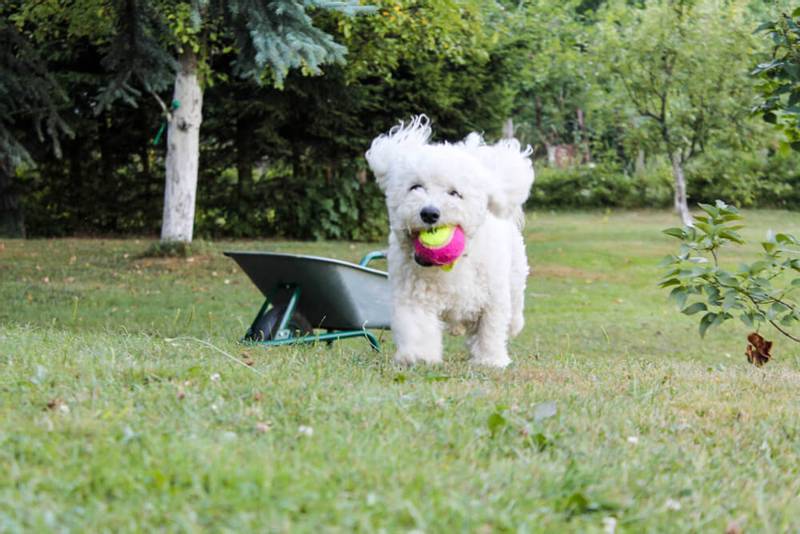
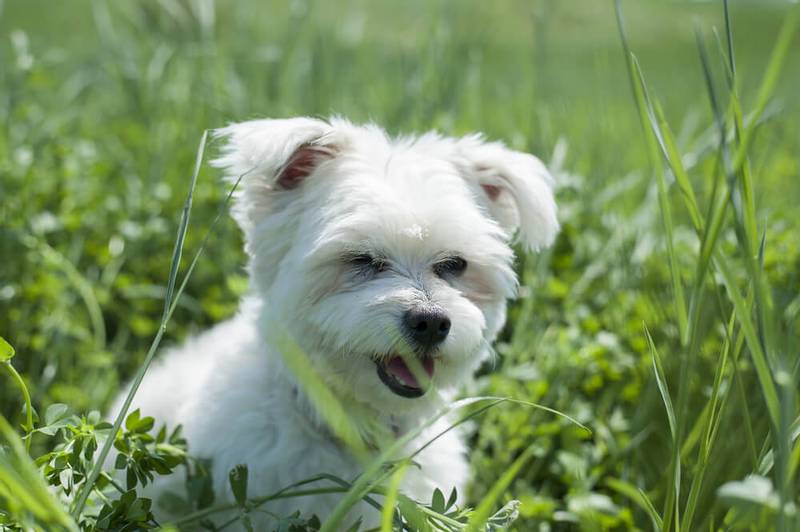
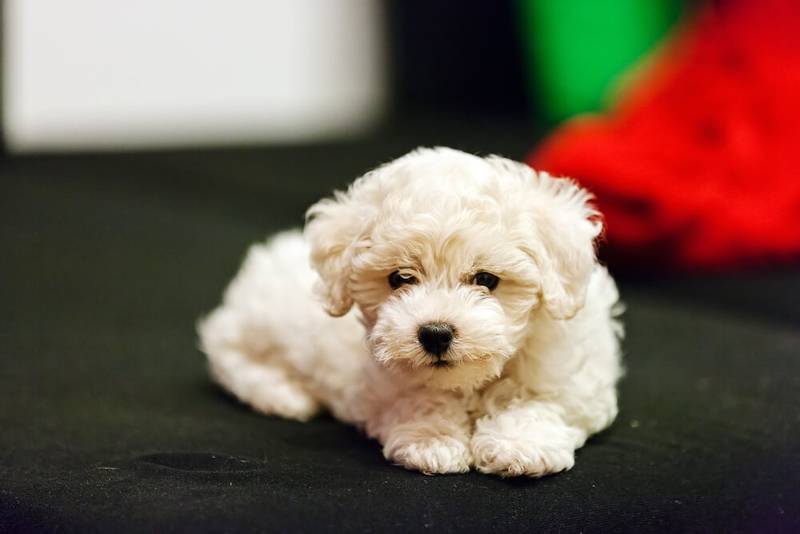
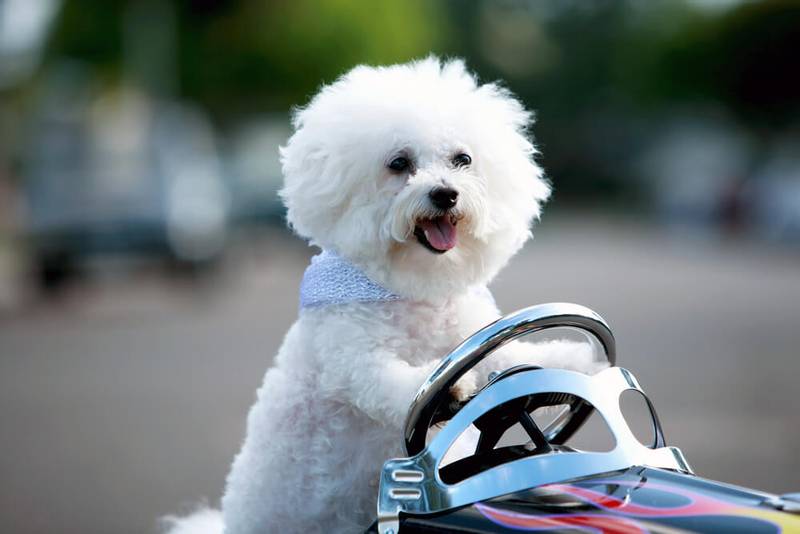
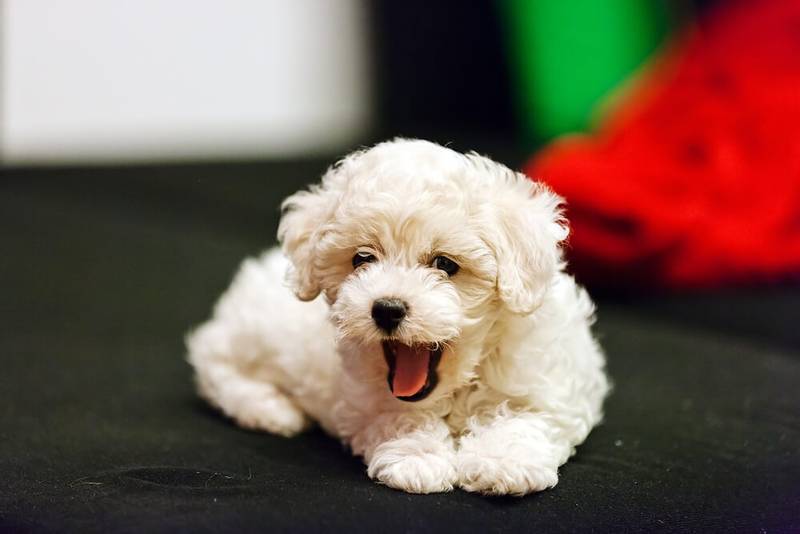
Bichon Frize – Video



